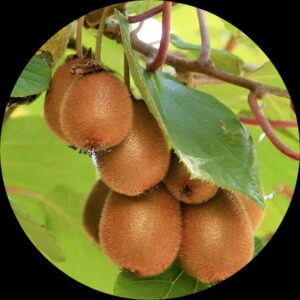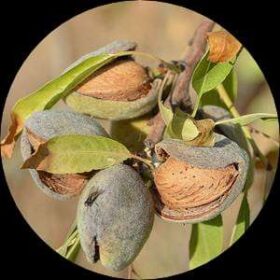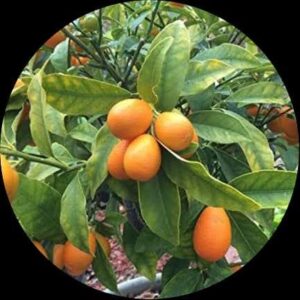- Empty cart.
- Continue Shopping
Pitcher (Carnivorous) Plant
Original price was: ₹1,300.00.₹950.00Current price is: ₹950.00.
The Pitcher (Carnivorous) plant is a fascinating addition to any garden, known for its unique ability to trap and digest insects. With its pitcher-shaped leaves, this plant lures unsuspecting prey into its depths, where they become trapped and eventually consumed. Perfect for insect control and adding intrigue to your garden, the Pitcher plant is a captivating choice for plant enthusiasts.
The Pitcher (Carnivorous) plant, a marvel of nature, is renowned for its intriguing adaptation to carnivory. With its distinctive pitcher-shaped leaves, this plant has evolved a remarkable mechanism for capturing and digesting insects.
Native to boggy, nutrient-poor environments, Pitcher plants have developed specialized leaves that act as pitfall traps. These elongated, tubular structures are lined with downward-facing hairs and contain a pool of digestive enzymes at the bottom. Insects are lured into the pitchers by the plant’s nectar and colorful markings, only to slip on the slippery inner surface and fall into the liquid below. Once trapped, the insects are slowly digested by the plant’s enzymes, providing valuable nutrients that are lacking in the plant’s native habitat.
Beyond their carnivorous adaptations, Pitcher plants also exhibit remarkable diversity in their appearance and habitat preferences. From the tropical pitcher plants of Southeast Asia to the North American pitcher plants found in wetlands and bogs, each species has its own unique characteristics and requirements.
Cultivating Pitcher plants can be a rewarding but challenging endeavor. They require specific growing conditions, including acidic, nutrient-poor soil, high humidity, and ample sunlight. While they can be grown outdoors in suitable climates, many enthusiasts prefer to cultivate them in terrariums or greenhouse environments to provide optimal conditions for growth.
Pitcher plants are not only fascinating from a botanical perspective but also serve practical purposes in the garden. By capturing and consuming insects, they can help control pest populations naturally, making them valuable allies in integrated pest management strategies.
In addition to their practical benefits, Pitcher plants also hold cultural significance in many societies. They have been revered for centuries for their unique adaptations and mystical allure, featuring prominently in folklore, art, and literature.
Overall, the Pitcher (Carnivorous) plant stands as a testament to the ingenuity of nature and the fascinating world of botanical adaptations. Whether grown for their practical benefits or simply for their captivating beauty, these plants never fail to inspire wonder and curiosity in those who encounter them.












Reviews
There are no reviews yet.